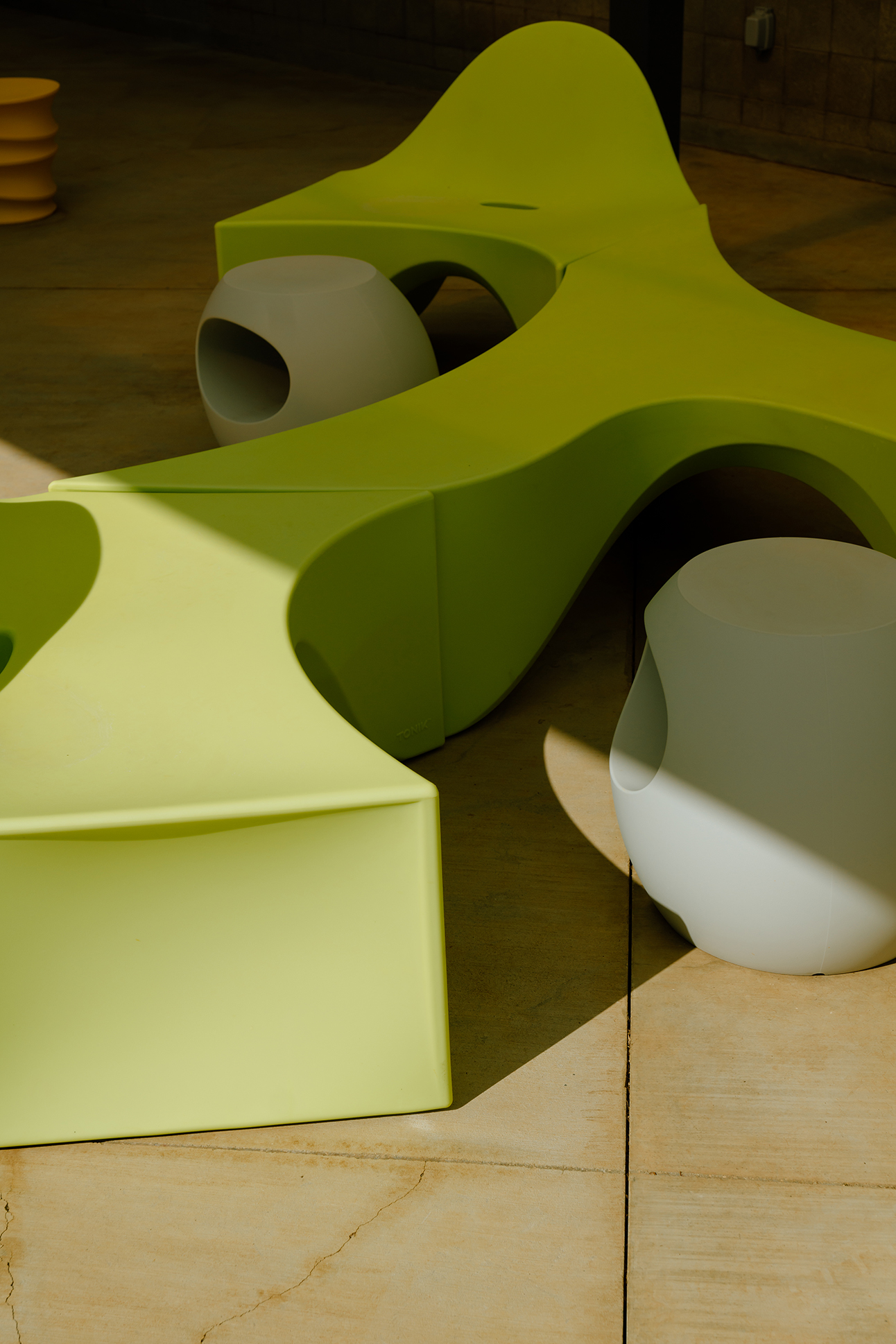Text by Lindsey Kesel
Images by Josiah Patterson
Establishing the first industry-standard digital media production center for students in Hawai‘i was always part of Chris Lee’s master plan to create a pipeline for homegrown industry talent. But first, he had to convince the University of Hawai‘i’s board of regents that the state needed something much bigger than a typical film school.
In 2002, UH hired the ‘Iolani School graduate and former president of production for Columbia and TriStar Pictures to create a filmmaking degree program at its Mānoa campus. Lee, a prescient thinker, hoped to extend that vision toward a system-wide academy with state-of-the-art facilities and tech that looked to the future of media in order to diversify Hawai‘i’s economy and create living-wage jobs.
With that in mind, he proposed leveraging existing resources from the university’s 10 campuses across the islands to launch the filmmaking program at Mānoa, then gradually add additional creative media programs with complementary curriculum at other campuses. Eventually, the academy would offer training in all facets of production, including short-form media already emerging as a result of smartphones and social media.

After a year of getting feedback on his concept from everyone from motion picture and TV industry players to policymakers and local high school students, the Academy of Creative Media got the green light from the board in December 2003.
“From the start, [the academy] was designed as a catalyst for developing 21st-century jobs in the global creative marketplace right here in Hawai‘i,” Lee says, “and a platform for our Indigenous stories to be told to the broadest possible audience.”
Over the next decade, ACM built out the Mānoa program and helped start or enhance creative media programs at other locations, including UH Hilo, Maui Community College, and Kaua‘i Community College.
UH West O‘ahu in Kapolei, the only public university on Oʻahu’s leeward side, joined the ACM system in 2013. Students from any of the university’s seven community colleges could attend UH West O‘ahu ACM for their junior and senior years and earn a concentration in creative media as part of a bachelor’s degree in humanities or applied science. While UH Mānoa ACM focuses on traditional filmmaking, the newer UH West O‘ahu ACM incorporates dramatic advances in the production and distribution of media. Coursework encompasses a wide range of emerging digital storytelling mediums, from video games and apps to podcasts and virtual reality.
You May Also Like: The Hawai‘i Influence Behind the Kandell Brothers’ Hollywood Success



In its first year, just nine students were enrolled, and they shared a cozy, multipurpose double classroom divided by a movable visual partition. Then, in 2016, the UH West O‘ahu ACM program was promised a quantum leap forward when Governor Ige approved $37 million in legislative funds for a cutting-edge student production center. The result was the Creative Media Facility, the ACM student production facility at UH West O‘ahu, which was completed in 2020. One of the first design-build projects for the University of Hawai‘i, the 33,000-foot facility serves as a physical hub for the ACM System and provides students with the technology, equipment, and space they need to become competitive media professionals.
“Just one look inside and you know not to expect your typical education here,” says Sharla Hanaoka, director for UH West O‘ahu ACM.
The structure’s three wings house spaces optimized for today’s digital learner, including a 3,000-square-foot sound stage for shooting films, a 100-seat theater with Dolby Atmos mixing capabilities for playback, Hawai‘i’s only Foley suite, editing suites for post-production, color grading, and sound mixing, and a mill shop to construct original film sets. In the Create(x) Emerging Media Lab, students will experiment with virtual and augmented reality. In the esports room, students can build video games and invite players to test their prototypes.

“It’s exciting for them to have non-friends play their games and give feedback,” Hanaoka says. The flex-classrooms and computer labs are outfitted with interactive teaching boards, remote learning equipment, and modular furniture that give instructors freedom to shape the learning experience.
At the building’s nexus, a lobby named the Roy and Hilda Takeyama Family Foundation Gathering Space, seating risers sit opposite an elevated 16-by-9-foot LED Planar video wall ready to showcase student work, welcome visitors, and host esports tournament spectators. There’s also an incubator space for coworking, collaboration, and student- and alumni-run business ventures. Though the Covid-19 pandemic waylaid a complete opening, ACM students will eventually be able to access the facility all day and night, and enjoy a café in the lobby.
For the spring 2022 semester, UH West O’ahu ACM counts 260 students on its roster—its largest enrollment yet. The hope is that the Creative Media Facility continues to help Hawai‘i retain local talent by offering a world-class education in the digital arts, and that it turns out graduates with skill sets deep enough to successfully navigate a dynamic and changing field. As the program evolves its digital content curriculum to meet the demands of emerging media, the goal is to see 100 percent of students procure meaningful jobs.
“We’re producing a new iteration of graduates by giving them the tools they need to go out in the world, then come back and take over,” Hanaoka says. “In the end, we’re building successorship.”





